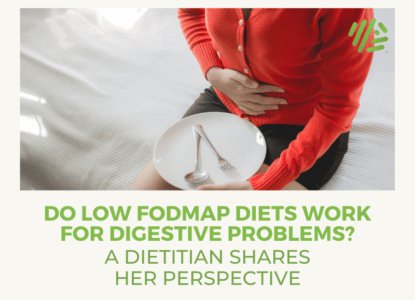Does it Matter What Time of Day You Take Probiotics?
Article at a Glance
- The timing of when you take your probiotics is less important than making sure the products have an enteric coating which allows the beneficial bacteria to survive your stomach and reach the digestive track.

According to the Food and Agriculture Organization of the United Nations and the WHO, probiotics are defined as living micro organisms that “confer a health benefit on the host” (aka you) when administered in adequate amounts. I’ve taken probiotics over the years and have definitely noticed a benefit, however, certain strains seem to help more than others.
There are many different species of bacteria you can take in probiotic form. The two main genus are lactobacillus, mainly derived from the environment, and bifidobacterium, primarily populated in the gut at birth. For a complete rundown on the differences between these two families, see my piece Bifidobacterium vs lactobacillus: what is the difference?
My favorite probiotics are saccharomyces boulardii (a probiotic strain of yeast) and probiotic blends that contain bifidobacterium longum BB536 strain, a strain I’ve written about in past blog posts.
As a general rule, I choose lyophilized (freeze dried) preparations because they are stable at room temperature which makes them portable, and presumably they are hardier in transit. I’ve always been suspicious of probiotics that require refrigeration because who knows if the truck that carried them broke down for a few hours in the middle of summer in Yuma, Arizona?
Ever since being told by a physician I was seeing in Laguna a few years back to take my probiotics at night, probiotics are one of the supplements I take to get ready for sleep, alongside the occasional small dose of melatonin, L-theanine, lysine, and magnesium. But the question has been nagging at me – is night time really the best time to take probiotics? If not, is there an ideal time?
The best time to take probiotics
In the world of probiotics, decisions on timing, as with health benefits, vary by strain and the type of probiotic delivery system used by the manufacturer.
S. Boulardii – take anytime
I mentioned S. Boulardii above as one of my all time favorite strains of probiotic. Even though it is a beneficial yeast, not a strain of bacteria, S. Boulardii has been shown to reduce antibiotic and travelers associated diarrhea and is one of the most studied supplements on the market today. Studies show that the time you take S. Boulardii doesn’t matter. The strain is so robust that it can effectively survive the acidity of the digestive tract and make its way to the colon regardless of when it’s taken. 1 However, research shows that the two most popular types of commercially available probiotics, bifidobacterium and lactobacillus strains, should be taken just before a meal that includes some fat, unless you can find products that use an enteric coating, in which case the timing and meal composition isn’t likely to matter much.
Bifidobacterium and lactobacillus strains – take 30 minutes before a meal with some fat
The research on this issue is not extensive, however, there is a study, which appeared in The Journal of Beneficial Microbes in 2011, which measured survival rates of various non-enteric coated probiotics when given before, with, and after a meal. The meal composition was scored for efficacy as was the timing of the dose. Here is what study authors had to say about when to take a probiotic and what to take it with:
survival of all the bacteria in the product was best when given with a meal or 30 minutes before a meal (cooked oatmeal with milk). Probiotics given 30 minutes after the meal did not survive in high numbers. Survival in milk with 1% milk fat and oatmeal-milk gruel were significantly better than apple juice or spring water.
The authors speculate that the milk fat reduces stomach acidity, which helps the beneficial bacteria survive the stomach and make its way to the colon where they can confer benefit.
Enteric vs. non-enteric coated probiotics
However, there is a catch, and it’s a big one. The study in The Journal of Beneficial Microbes looked at non-enteric coated probiotics. An enteric coating is designed to withstand the acidity of the stomach without dissolving which allows medications, or a probiotic, to arrive in the small intestine largely intact.
Many of the modern probiotic preparations have an enteric coating. Presumably, this means they would survive the ravages of our stomachs with greater efficiency than the non-enteric coated probiotics studied in 2011. Studies in rats show that enteric technology works, and this type of technology is featured in most of the drugs we use for IBD and Crohn’s disease. As such, modern technology appears to have answered this question for us, and thankfully made the decision of when to take probiotics, and what, if anything, to eat the probiotic with, much simpler.
Technology matters more than timing
- In conclusion, it seems that technology is more important to timing when taking probiotics.
- Don’t worry as much about when you take your probiotic, pay more attention to whether the manufacturer uses a probiotic delivery system that incorporates enteric technology. 2
- Probiotics with an enteric coating have a much better chance of making their way through the digestive tract alive, where they can reach the colon to work their magic.



